Managing and handling the activities of schools manually is considered to be a painful task. Each and every department is important to be handled in order to ensure its proper functioning like a MNC. A Software technology can help you administer entire institute by providing a detailed as well as summarised reports of all students as well as staff.
Our team has done an extensive research on the subject and here we list below (in alphabetical order) some of the most popular School Management software in India:
Applane a simple, easy-to-use & integrated cloud-based school ERP software is committed to streamline all your institutional functions at a fraction of the cost. It is highly customizable product design, equipped with advanced modules and features like students attendance tracking via SMS/Email alerts, generate report card according to multiple patterns(including CCE),streamlined admission process etc.
ClockErp is a cloud based as well as installation based software integrated with android and iOS apps. Clock ERP provides solution to student, administration, financial management and other related functions. It allows user to customize ClockErp according to their needs. ClockERP is simple and have appealing user interface with secure, reliable and decently arranged modules.
Edifice is online school management and campus automation software by Edusoft based in Kolkata. It facilitates the management of School’s Academic process, Student data, and Office management including Payroll, library and Accounts. For Edifice, no special or unusual requirements are needed. Any Standard PC with LAN, Windows OS or WAN IP based network would be sufficient.
An online school management and administration system software developed by Idleminds technologies. Edsine provides various features like multilingual support covering more than 60 languages and any new language can be easily configured and can be made available. It provides single click power search on all modules and web, Email/SMS alerts, chat between students, teachers and parents and open connectors for customizing the software behaviour.
EduERP is a configurable web based Institute management software solution by Accusol Technologies Pvt Ltd. It is a Complete ERP based school information system with modules like Student Management System, Front Desk Management, Campus Management System and Administration Management. It has a modular structure that integrates with RFID technology, Biometric sensors and Smart Cards.
Eduflex Campus Management system provides both online as well as offline based architecture within and outside Campus. Eduflex integrates all departments, students, alumni, faculty and other stakeholders. It is simple to use with excellent web interface for student access, staff access and university access. It comes up with needful features like centralised database with single sign-on, localization support, workflow alerts, Event based alerts, comprehensive data and application security.
Eduware is a multipurpose desktop based application on client server architecture that covers entire school activities from admission process to issuing transfer certificate to the student. It is user-friendly software with database backups and allows smooth flow of information within the school administrative department.
Fedana by Foradian technologies is a cloud based multipurpose school management software with 40000+ users worldwide. It user-friendly dashboards with login access to all the teachers, students, parent, non-teaching staff and other management body of institution. Some of the key interesting modules of Fedena are Campus News, School Calendar management & Events management. Besides this it is also an excellent collaboration tool.
Go E School is a complete school software provider by trendsetterz located at Lucknow. It is an open source school ERP software that helps to provide optimum management solutions to all the educational institutes around the globe. It is simple and efficient method of managing the educational records with an ultimate ease.
Govide is web as well as desktop based School ERP software. It offers 21 modules with enhanced reporting system. It is simple & easy-to-use interface that integrates the existing Bio-metric devices with the school ERP software.
HDschool is a software to manage school, Institute and training center. HDschool software manages your students, fee structure, fee collection module, school stock, stationary management, suppliers, result management, library management, HR management, examination management etc. The license key available for a single computer is Rs 19000. The company gives 30 days free trial.
Iolite – a complete web based solution for students is developed by Shah Net Technologies Pvt. Ltd, a company with an experience in software development for more than a decade. IOLITE is a paperless school automation software solution that provides facility to carry out day-to-day activities of the school. It is a simple yet powerful one point integrated platform that connects all the department of an institution.
Jack Prodigy is cloud based software by Ebullitent Info Systems, founded in 2010. Jack Prodigy helps to bridge the gap in communication at all levels of education management. It is a SaaS based application that is highly secured & confidential and provides user-friendly and attractive user interface. Jack Prodigy is customizable that has made the entire campus administration quite simpler with the technological advantage.
Pelagian School Accounting Software
Pelagian School Accounting software – a multi-user school management software solution with student’s master records, Fee management, Result management and Payroll management. A very simple to use and customizable, installation based software costing Rs 8033.
School Cube is a web-based user friendly software by Triz Innovation Pvt. Ltd. It allows to administer your school and its related information through easy & attractive dashboards. It also provides CCE reporting structure, designed for CBSC board schools. School Cube is a supported ERP system that helps educators to manage, analyse and get reports of extensive real time data.
Schoolpro by Third Eye Infotech Pvt Ltd is one of the leading School Management software provider in Rajasthan. Schoolpro is a feature-rich, multilingual, complete school content Management System as per CBSE schooling rules with various modules like Academic ,Fees, Examination, HR & Payroll System ,Library ,Time-Table etc. The software price starts from Rs 25000.
School time is both web based and installation based software that provides most user friendly school management system. User get features like electronic payment integrations, GPS tracking, SMS/Emails alerts, digital library, exam management and much more.
SchoolSAAS by IFW Techno Creations Pvt Ltd located in Udaipur is a web based school management software application that runs on SaaS model. It is more cost-effective and customized as it nullifies the need to spend money on expensive servers and also additional staff for its maintenance is not required. Features like SMS/Email alerts, Bio-metric attendance machine, and mobile apps to manage whole process on fingertips helps to go a step ahead in School management system.
Web-School is an open-source ERP-software developed by Gescis technologies located in Kerala. It runs on Cloud-based system and also on demand it facilitates an offline version. It helps to monitor the overall working of your whole institution and have a control over its day-to day activities. The price are exceptionally adaptable that practically anybody can make utilization of this product.
WinEr is a complete end-to-end school management software solution for all kinds of educational institutions. It is an integrated management system that avoids duplication of work and results into time & cost savings. It comes up with needful feature of SMS/Email alerts to parents, admission management, high security and user access control options for teachers/staff and much more.
The article has been created with the help of School Management Software analyst at SoftwareSuggest. The list is not comprehensive and you can mention as comments the software missed by us.


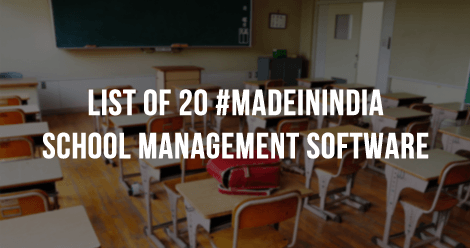

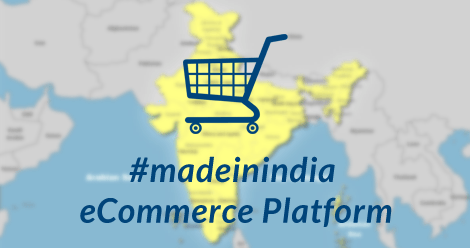


 We have had both good and bad experiences as we started to work full time on this product. The good part is that we have been continuously getting positive feedback on the features and utility of our product from our customers. Early adopters have given us constructive feedback on how things can be improved further – and we have been at it.
We have had both good and bad experiences as we started to work full time on this product. The good part is that we have been continuously getting positive feedback on the features and utility of our product from our customers. Early adopters have given us constructive feedback on how things can be improved further – and we have been at it.
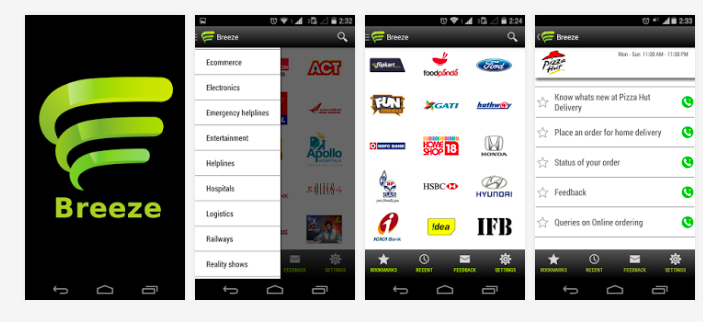
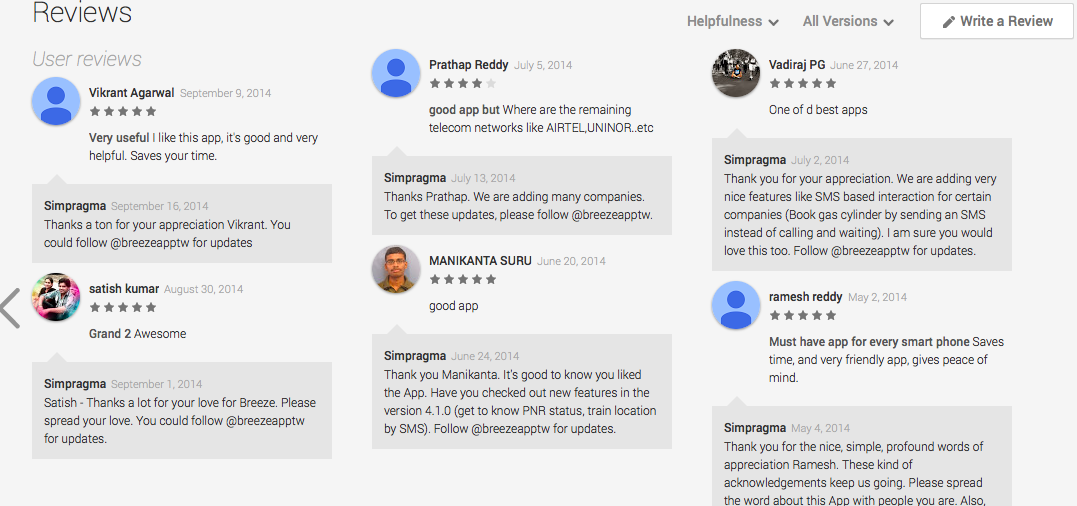
 Starting a startup is an exciting and also a challenging journey, right from putting together the Founding team, building a great product, persisting during times of roadblock, engaging the users, thinking long-term and so on. To help the fellow entrepreneurs, we have been speaking to recent entrepreneurs about their startup-journey, growth path and their learnings. In this series, we spoke to
Starting a startup is an exciting and also a challenging journey, right from putting together the Founding team, building a great product, persisting during times of roadblock, engaging the users, thinking long-term and so on. To help the fellow entrepreneurs, we have been speaking to recent entrepreneurs about their startup-journey, growth path and their learnings. In this series, we spoke to 

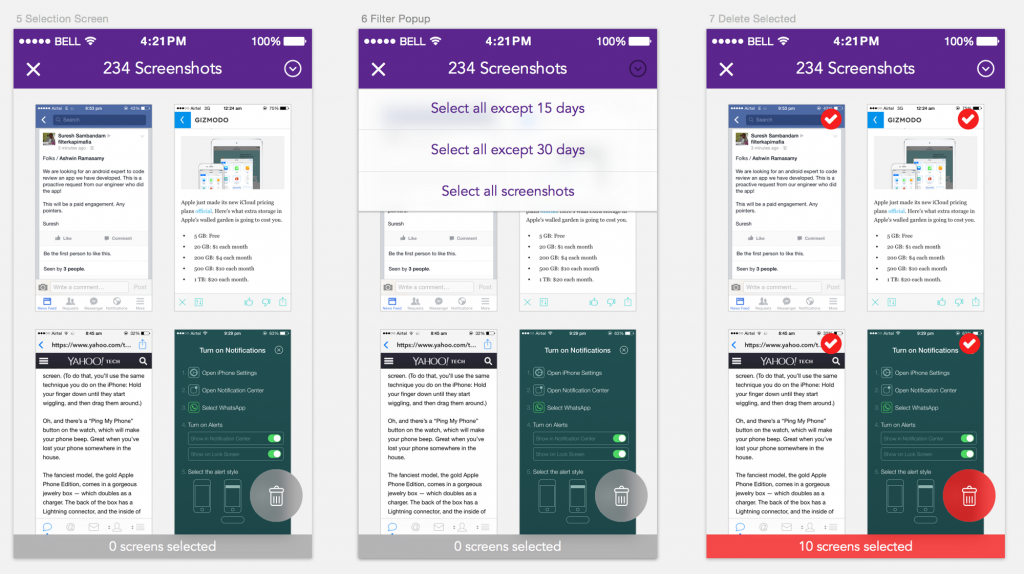
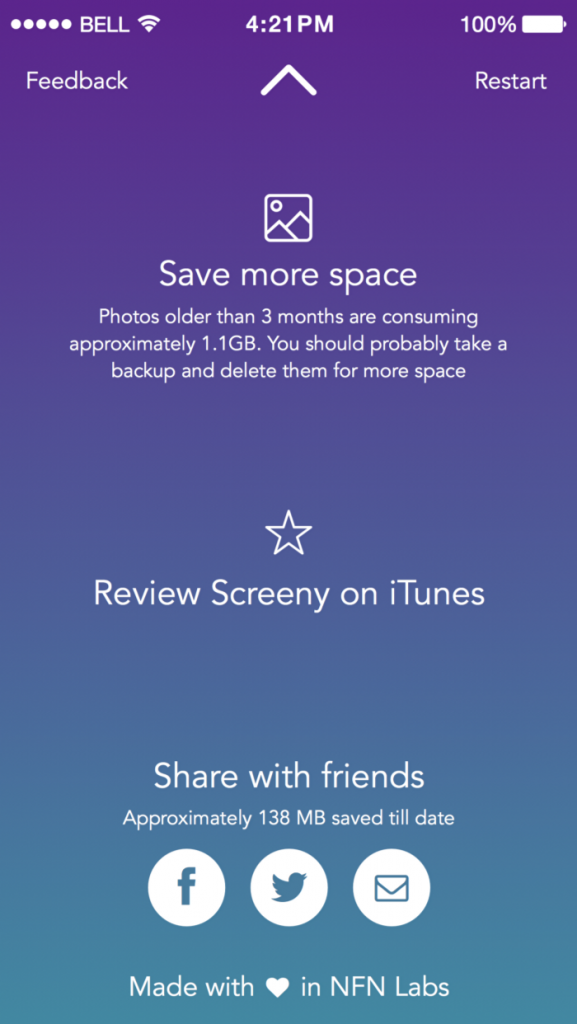
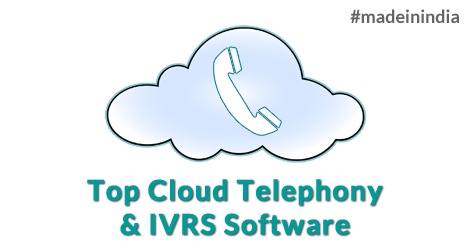
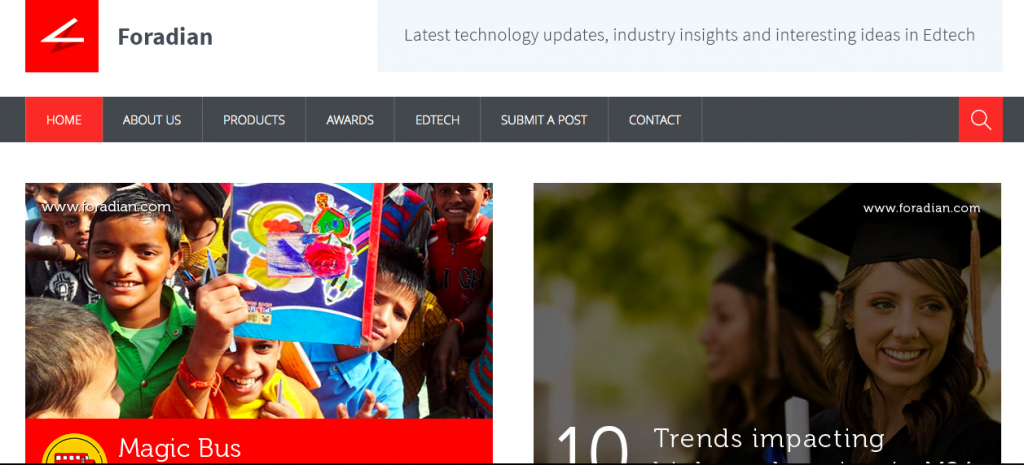
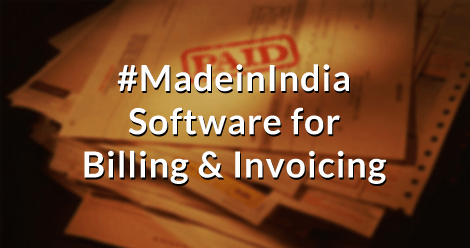

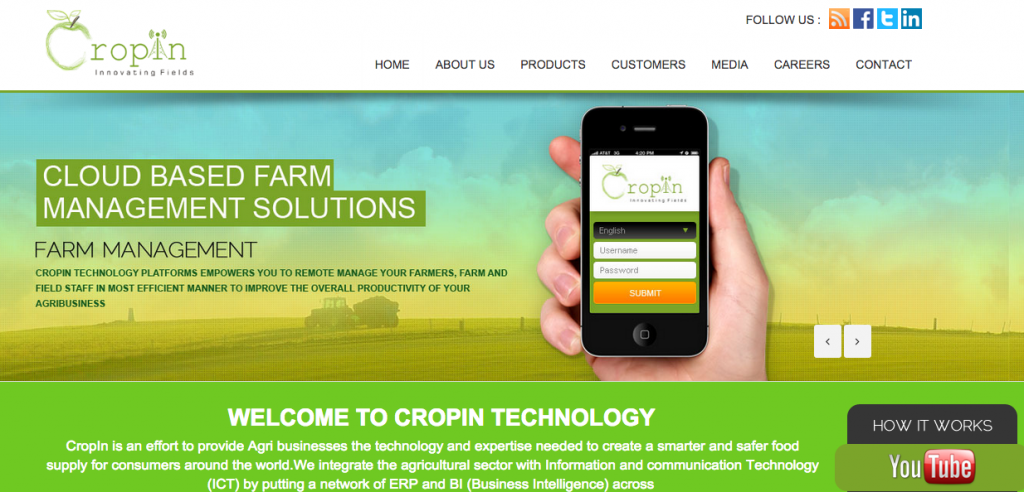 You started your career with an MNC company. What prompted you to start Cropin? Did your work experience help you after you set up Cropin?
You started your career with an MNC company. What prompted you to start Cropin? Did your work experience help you after you set up Cropin?